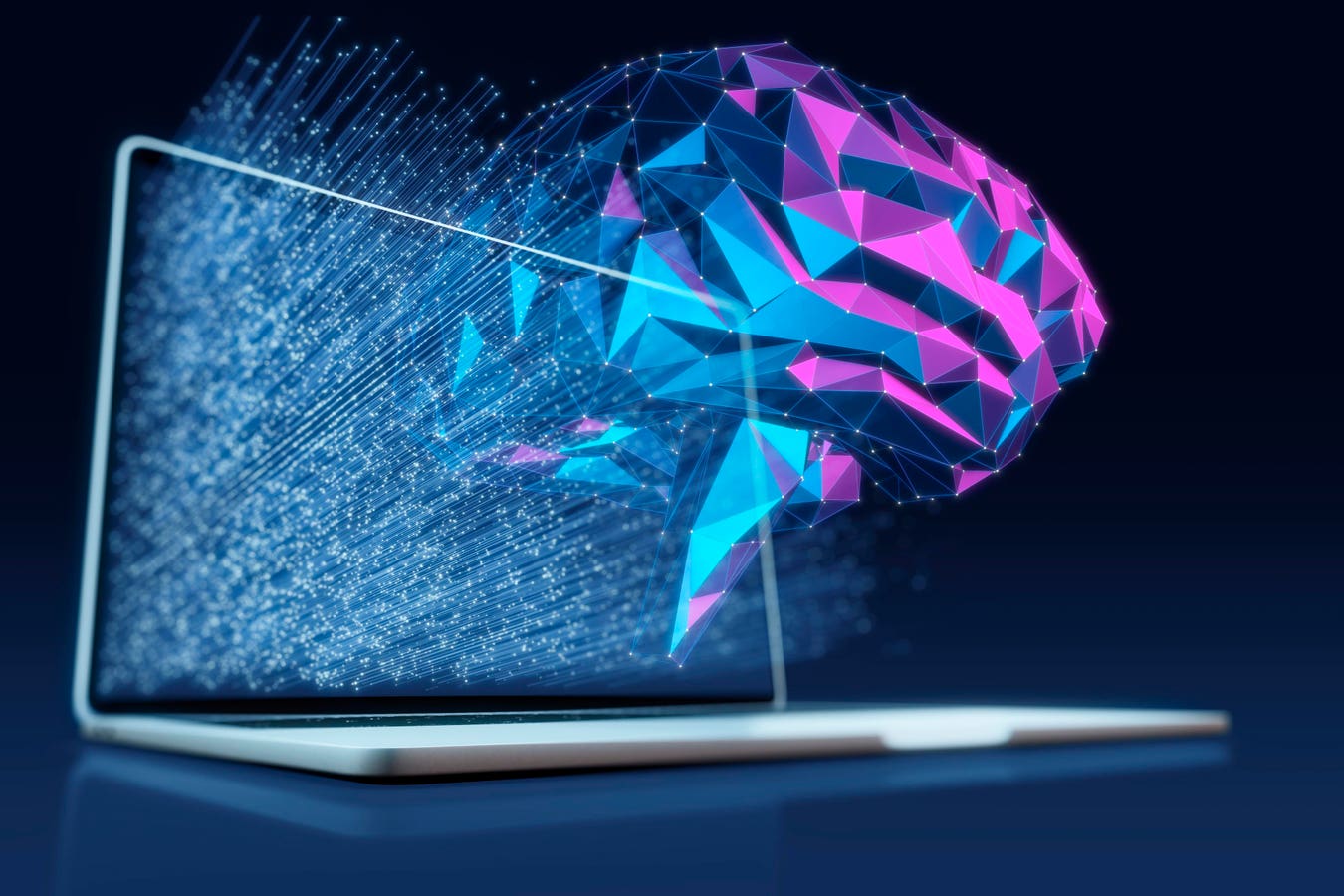The More Users Trust It, The More They Fear It

it’s critical for leaders to think carefully about employees’ concerns about AI and communicate a … [+]
getty
Organizations large and small are focusing on how to integrate some level of Generative AI into their work. This has triggered a wide range of reactions. Some (including high-profile insiders) warn of potential doom. Others worry about more-basic matters: their jobs.
All of the above is reflected in the results of a new global survey conducted by a Boston Consulting Group team from October 6-30. The survey team (Katherine Rivet, Gabrielle Novacek, Jean Lee, Gretchen May, Hillary Wool and Christopher Gentile) asked more than 11,000 employees from the United States, Canada, the UK, France, Germany, Australia, Japan, and India—ranging from executives and senior managers to clerical workers—how they feel about the use of Generative AI at work. Some very interesting findings emerged:
1. Those who use artificial intelligence and/or Generative AI technology at work trust it far more than those who don’t.
Among the non-management respondents who do not yet use Generative AI at work, only 12% agreed with the statement, “I trust AI/Generative AI.” Among non-management users of AI/Generative AI the percentage expressing trust in the technology was three times higher (37%).
For senior managers and executives, the ratios were similar, with 21% of the senior managers and 22% of executives who don’t use AI/Gen AI technology expressing trust and 64% and 71%, respectively, of AI/Gen AI users expressing trust—meaning that more-senior organizational leaders, AI users and non-users alike, are far-more trusting of the technology than lower-level employees.
One might infer from this that the best way to manage the integration of AI and Generative AI into an organization is, simply, to get more people to use it. Cue up the AI/Gen AI tutorials, upskilling clinics and academies, right?
Well … not so fast. Familiarity, in this case, breeds anxiety.
2. A significant percentage of employees see AI and Generative AI technology as a threat to their jobs, with the highest percentages among those who already use the technology.
Among non-management respondents who don’t currently use AI at work, 37% agreed with the statement, “I worry about AI tools being used to automate much of what I do.” Among those who do use AI, the number was slightly higher, 41%.
The anxiety levels were lower among senior managers and executives who don’t use AI technology (32% in both categories), but significantly higher among AI users—with 51% of senior managers and 54% of executives expressing worry that AI could replace them. That means executives who have used AI are nearly 70% more fearful of being replaced by technology than their peers who haven’t personally witnessed what Gen AI can do.
So, here’s the paradox: The more that employees use Generative AI the more they both trust it and fear it—with the trust and fear most pronounced among senior employees.
For employees, perception is reality, so the findings drive home why it’s critical for leaders to think carefully about employees’ concerns about AI and Gen AI impacting their jobs and careers. In fact, employers need to do more than think: They need to internalize the potential threat and communicate a clear and unambiguous response.
Here are a few thoughts on how to help your colleagues and employees see the plus side of AI:
Explain how AI and Generative AI can help reduce the joyless tasks that people hate. This will give them more time to spend on the collaborative, innovative and enjoyable parts of work. Gen AI can speed up, streamline and help reduce the tedium of many boring, repetitive, mindless, but necessary tasks. Use it. Another recent survey, by the BCG Henderson Institute, showed that office workers spend an average of 25% of their time on administrative drudge work. That is more than a full day every week on soul-sucking administrivia. Now, that is something to GenAI-ify!
Explain how Generative AI can become your silent “partner,” helping you perform better and advance faster. Francois Candelon, the Paris-based global director of the Henderson Institute, found in a recent study that Generative AI enabled below-average employees to boost their performance level— especially on creative blue-sky tasks. So, encourage employees to embrace AI and GenAI and use it as a lever for future success.
Offer employees a deal they can’t refuse: Help us use Gen AI to rethink our organization and your job and, together, we’ll create an even better job for you. Every organization’s top talent knows that new and different roles will be required if the organization hopes to thrive in a future heavily influenced, if not driven, by AI and Gen AI. So, be deliberate in your intent and engage with them on figuring out the best path forward.
The key take-away is this: Before you charge ahead with introducing Generative AI into your work processes, think carefully about how people will view the new technology and the impact it could have on their careers and livelihoods. Prepare them for the career implications, the reskilling requirements, the talent flexibility and, better yet, get them directly involved, working with peers to drive the change for themselves.
Doing so will help you and your talent move from distrust to fearless Gen AI enthusiasts.












